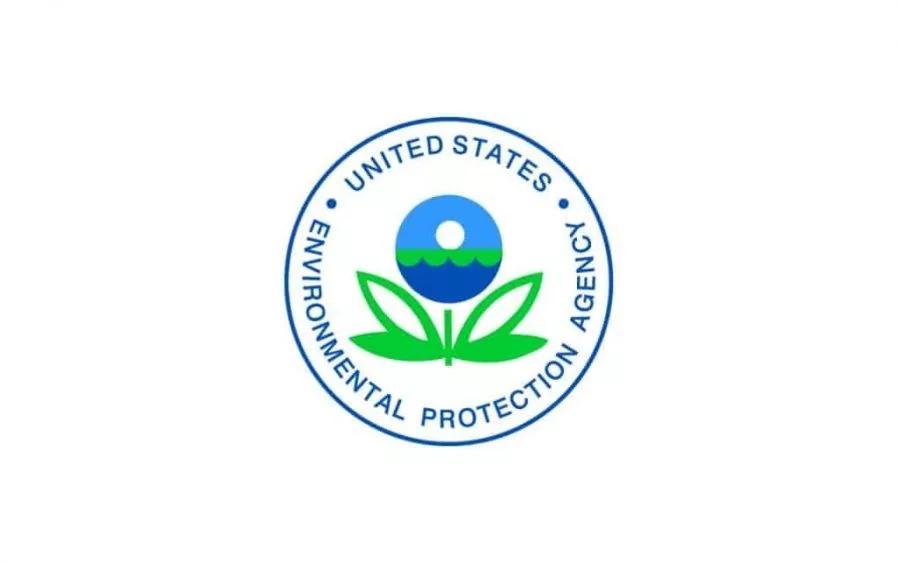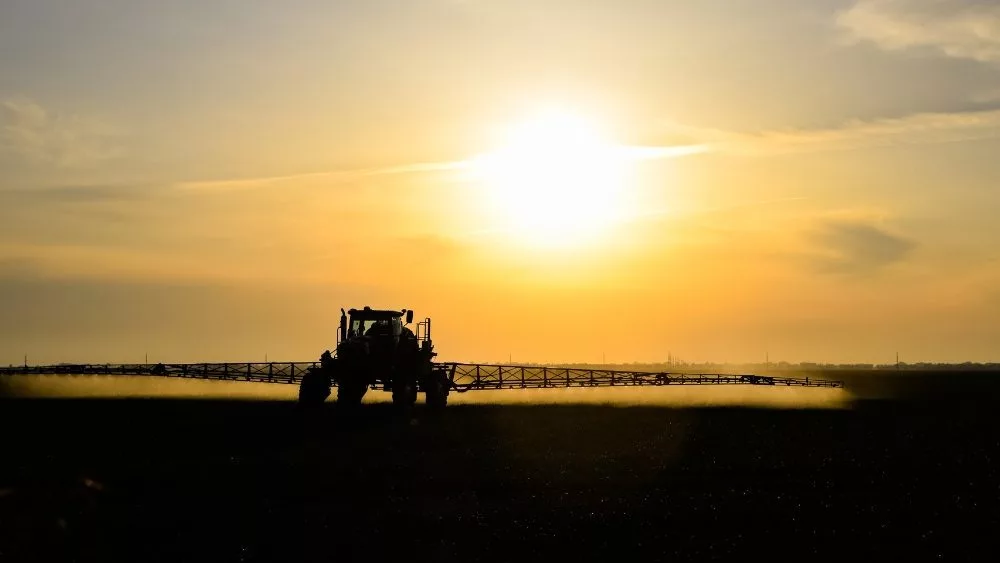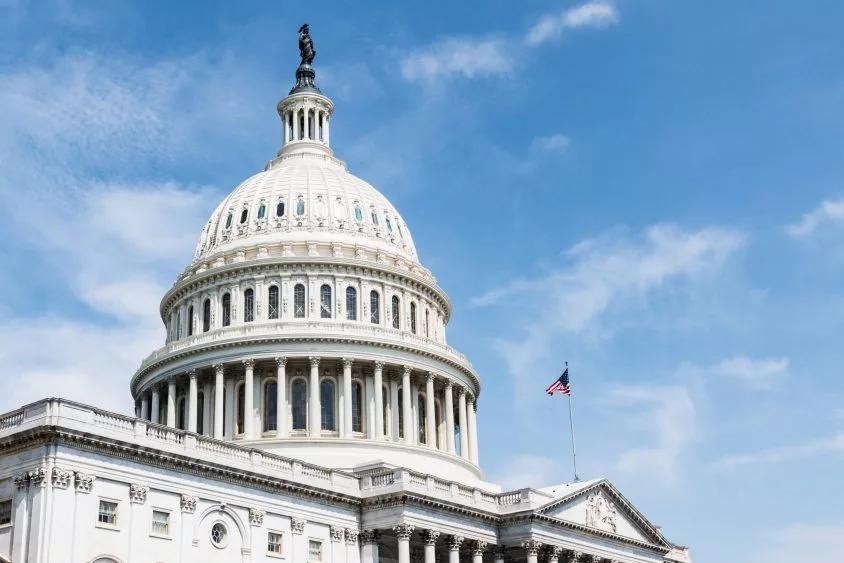
(WASHINGTON D.C.) — The Environmental Protection Agency released its proposed renewable volume obligations (RVOs) for 2026 and 2027, which prioritizes domestically produced renewable fuels over imports.
Biofuel groups like the Renewable Fuels Association (RFA) welcomed the release, praising President Trump for the boost to rural America.
“Today’s proposal is an important step toward achieving President Trump’s vision of lower gas prices, a stronger agriculture industry, and American energy dominance,” said RFA President and CEO Geoff Cooper. “The volumes proposed today provide crucial growth opportunities for U.S. ethanol producers and farmers, while boosting the supply of lower-cost, American-made energy. We thank Administrator Lee Zeldin and his team at EPA for listening to stakeholders from agriculture and the entire fuels industry as this proposal was being crafted.”
The EPA has proposed a total Renewable Volume Obligation (RVO) of 24.02 billion gallons (bg) for 2026, which includes 15 bg for conventional renewable fuels such as corn ethanol, and 9.02 bg for advanced biofuels. Of that advanced portion, 5.61 bg is designated for biomass-based diesel and 1.3 bg for cellulosic biofuel. For 2027, the total proposed RVO increases slightly to 24.46 bg, consisting of 15 bg for conventional renewable fuel and 9.46 bg for advanced biofuel. The EPA is proposing reduced RIN values for imported fuels to prioritize domestically produced renewable fuels under the Renewable Fuel Standard (RFS).
“This proposal sends a very positive and powerful signal to U.S. renewable fuel producers and farmers. It represents an excellent starting point for the 2026 and 2027 RVO discussion,” Cooper said. “We look forward to providing more feedback to EPA on the proposed volumes during the public comment period, and we’ll continue to underscore the vital importance of a strong RFS to America’s rural communities.”
Cooper highlights that although today’s proposed rule doesn’t specifically resolve the 169 pending small refinery exemption (SRE) petitions, the EPA has pledged to reallocate any SREs that may be granted in future rulemaking.
“The entire supply chain is seeking certainty regarding EPA’s plans on SREs, and today’s proposal helps to clarify the agency’s approach moving forward,” Cooper said. “We agree that the agency has a legal obligation to reallocate any exempted blending volumes, consistent with the approach adopted by EPA near the end of President Trump’s first administration. However, EPA’s top priority for SREs should be maintaining a high standard for evaluating petitions and continuing to take a restrained and limited approach. The marketplace needs to be reassured that the RVOs published by EPA are real and will not be watered down or eroded by SREs.”
This latest volume-setting effort for the 2026 compliance year and beyond marks the first time the broader liquid fuels industry has come together in unified support of strong volumes and a multi-year strategy.
Back in April, 16 senators urged the EPA to issue ambitious renewable volume obligations for 2026 and beyond. That same month, the governors of Iowa, Missouri, Nebraska, and South Dakota wrote a joint letter to Zeldin in support of strong renewable fuel volumes, writing, “For our multi-generational farm families, a strong RVO is more than policy – it’s a critical foundation for their future.”
RFA was part of a joint letter in February to incoming EPA Administrator Lee Zeldin, cosigned by the American Petroleum Institute and others.
In May, a bipartisan group of 28 House members sent a letter to President Trump to adopt “timely, robust” renewable volume obligations for 2026 and beyond, and “reject abuse” of EPA’s small refinery exemption authority.
More reaction from biofuel groups can be found here: https://www.americanagnetwork.com/2025/06/13/many-biofuel-and-ag-groups-react-to-epa-volume-obligations-annoucnement/
(WATCH) American Ag Network’s Susan Littlefield talked with Mike Zuzolo from Global Commodity Analytics about the market impacts of the EPA RVO news on Friday morning:



